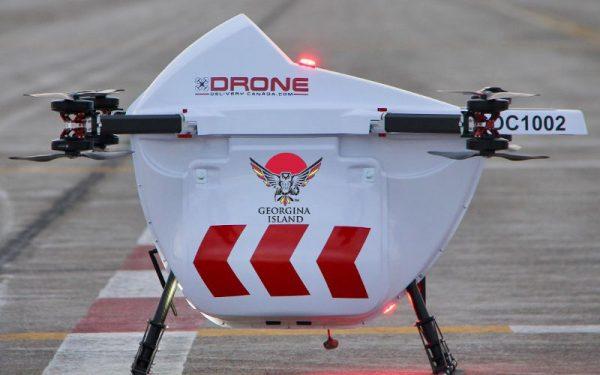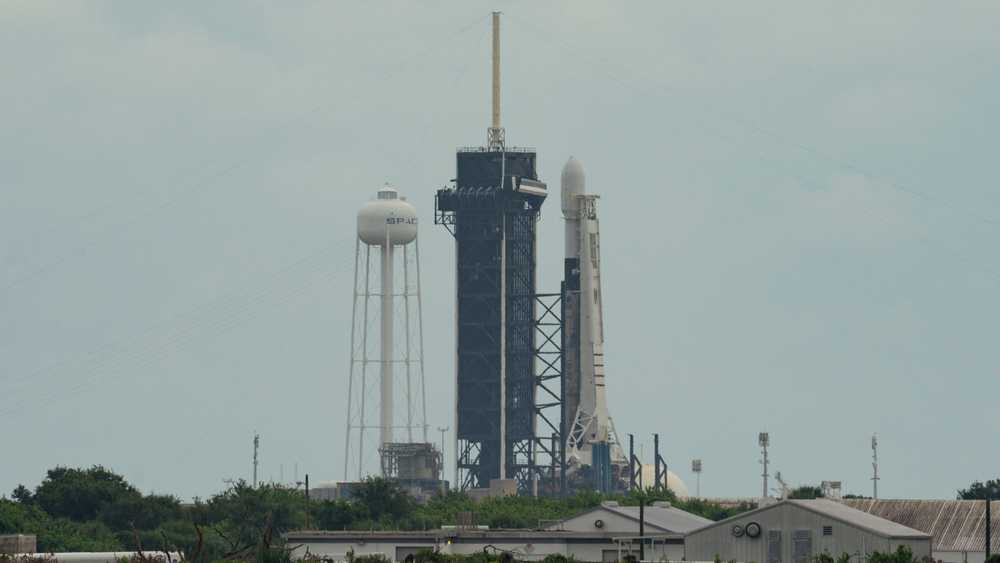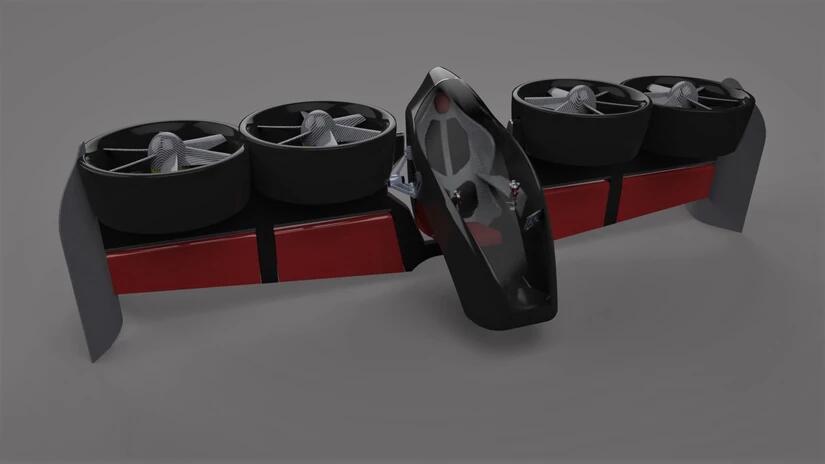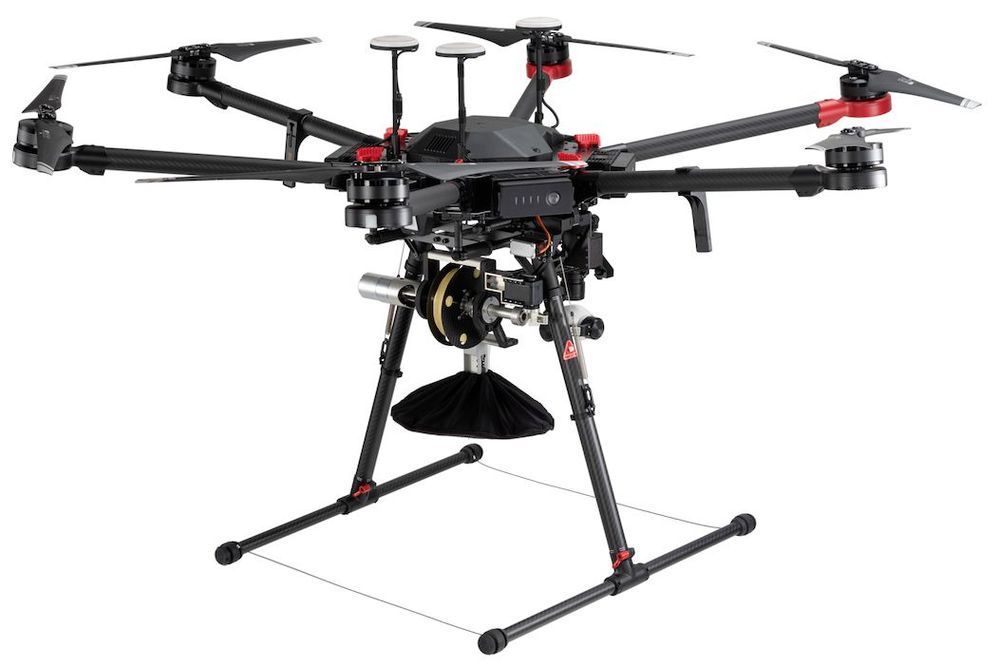The Navy is exploring new options for replenishing its submarines out at sea, which could have broader impacts on how it resupplies all of its fleets.
Category: drones – Page 90


SpaceX targeting this weekend for Starlink launch from Kennedy Space Center
SpaceX is targeting this weekend for its next Falcon 9 rocket launch from Kennedy Space Center, this time with another batch of Starlink internet satellites.
If schedules hold, teams will give the go-ahead for the 230-foot rocket to launch from pad 39A at 8:27 a.m. Sunday, the opening of an instantaneous window. It must launch at that time or delay to another day.
About eight minutes after liftoff, the rocket’s 162-foot first stage will target an autonomous landing on the Of Course I Still Love You drone ship in the Atlantic Ocean. SpaceX’s fleet of ships and the booster should return to Port Canaveral a few days later.

The Watfly Atlas eVTOL: What, that flies?
Of all the many eVTOL personal flight machines we’ve seen lately, this one’s caused the most discussion in the now-virtual New Atlas office. The work of a young Canadian company, the Atlas is a 4-rotor manned multicopter design, in which all four of its ducted rotors are inline along a single wing.
My first thought upon seeing it was “why?” Every other design places props on at least four corners, indeed sometimes even more spread out in designs like the Volocopter. That ensures it’s easy to maintain stability in a hover against shifting winds, with the instant torque of the electric motors driving the props able to respond and re-balance the aircraft in fractions of a second.
On second look, though, the Watfly design might have more to it than meets the eye. It’s based upon a less common drone design – the tailsitter – which could confer its own advantages. Tailsitters give you the efficiency advantages of winged flight — and some of the same control surfaces – without a lot of the complexities of many tilt-rotor designs. The whole aircraft tilts once you’re up to speed, and you fly on the wing for the majority of your journey.
China Conducts Test Of Massive Suicide Drone Swarm Launched From A Box On A Truck
China shows off its ability to rapidly launch 48 weaponized drones from the back of a truck, as well as from helicopters.


Putting a RED Cinema Camera on a 100mph First-Person Racing Drone
As drones become better and better at everything they do, it’s only natural photographers and videographers alike start pushing the boundaries of what’s possible. This particular boundary push is not for the faint of heart, however. I’m reasonably new to the drone world. While I’d been keen to dip a toe for a long time, I had been waiting for commercial applications to justify the acquisition. Thankfully, I found a window and jumped right through it.

Watch this racing drone set the Guinness World Record for fastest drone
A 1.76 pound drone can now move faster than a Tesla at top speed in Ludicrous Mode.
Yesterday, the Drone Racing League set the Guinness World Record for fastest drone, or the category of “fastest ground speed by a battery-powered remote-controlled quadcopter.”
Called the DRL Racer X, the drone can fly at a top speed of 179.6 MPH.
RAF Uses Autonomous Drone Swarm Loaded With Decoys To Overwhelm Mock Enemy Air Defenses
O,.o.
The drone swarm used the affordable off-the-shelf decoy to wreak havoc on enemy integrated air defense systems.

Drone delivery system drops packages from 150 feet – on a tether
Many people don’t like the thought of delivery drones buzzing up to their doorstep, with their propellers whirling dangerously close. The RDS1 setup was designed with that in mind, as it drops packages – in free-fall – but doesn’t let them hit the ground.
Created by Los Angeles-based company A2Z Drone Delivery, the RDS1 (Rapid Delivery System 1) incorporates a remotely piloted DJI Matrice 600 Pro hexacopter drone that’s equipped with a motorized reel of Kevlar cord. At the end of that tether is an elastic fabric pouch that can hold a payload weighing up to 2 kg (4.4 lb).
When the drone reaches its destination, it remains hovering at an altitude of 150 ft (46 m). It then releases the brake on its tether reel, allowing the payload pouch to freely fall through the air. Shortly before that pouch reaches the ground, however, the reel brake is gently reapplied, slowing the payload’s descent to a stop.